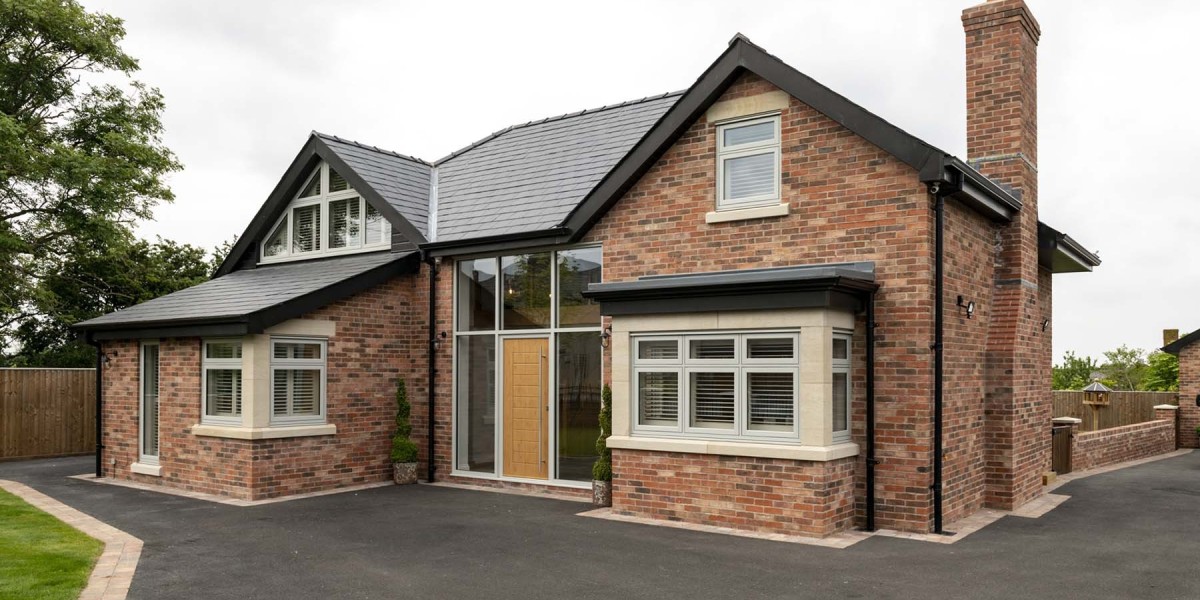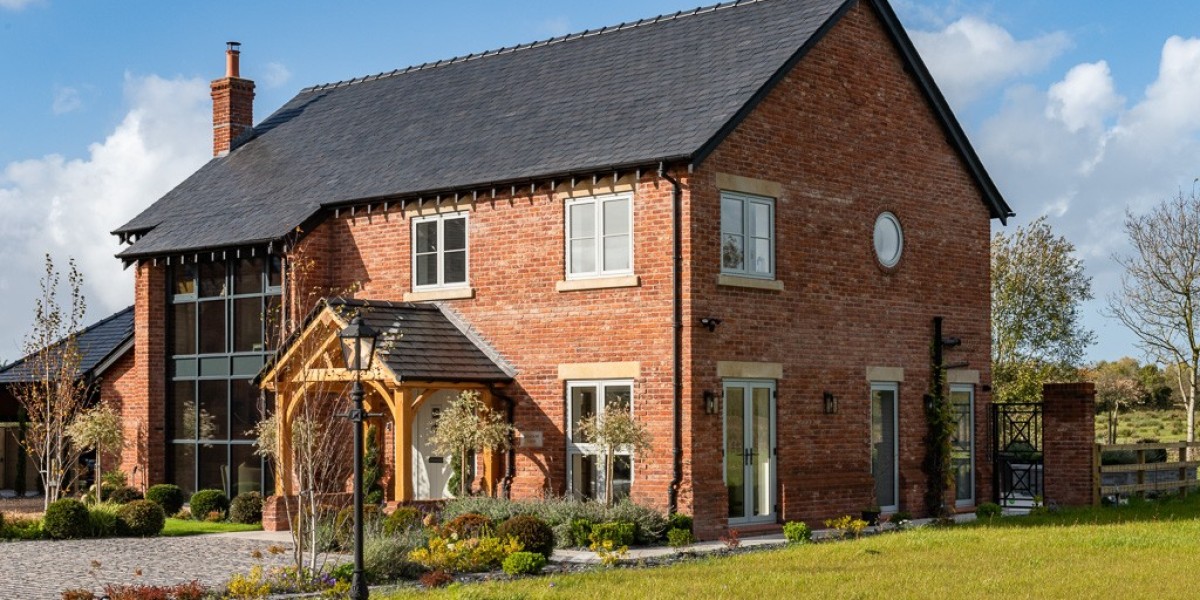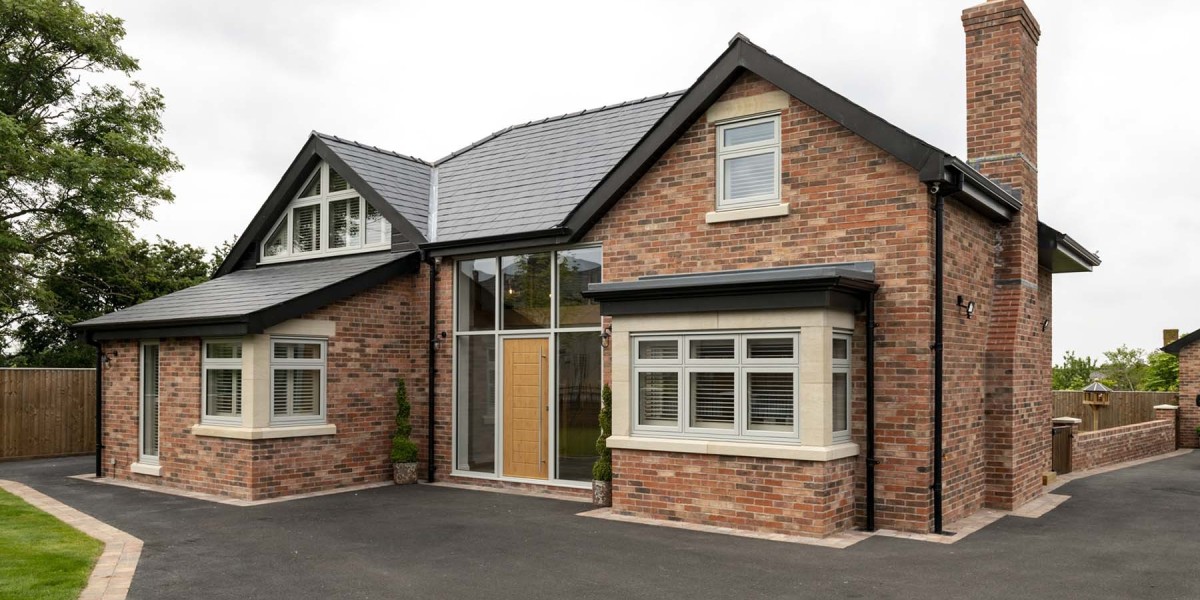In recent years, the demand for energy-efficient solutions in residential and commercial buildings has surged, leading to significant advancements in double glazing technology. Double glazing, which consists of two panes of glass separated by a layer of gas or vacuum, has long been recognized for its ability to reduce heat loss and improve insulation. However, recent innovations have taken this technology to new heights, enhancing its performance, durability, and overall effectiveness.
One of the most notable advancements in double glazing is the introduction of low-emissivity (low-E) coatings. These coatings are designed to reflect heat back into the room while allowing light to enter. Traditional double glazing typically uses standard glass, which can allow a significant amount of heat to escape during colder months. Low-E coatings, on the other hand, minimize this heat loss, making homes more comfortable and reducing reliance on heating systems. This technology not only improves energy efficiency but also contributes to lower energy bills for homeowners.
In addition to low-E coatings, the use of argon and krypton gas fills between the glass panes has become increasingly common. These noble gases have better insulating properties than air, which is traditionally used in double glazing. Argon and krypton gas fills reduce heat transfer, thus enhancing the thermal performance of windows. This innovation has been particularly beneficial in regions with extreme weather conditions, where maintaining a stable indoor temperature is crucial for comfort and energy savings.
Another significant advancement in double glazing is the development of triple glazing. While double glazing consists of two panes of glass, triple glazing incorporates three panes. This additional layer of glass further improves insulation and soundproofing, making it an ideal choice for homes located in noisy urban areas or regions with harsh climates. Triple glazing can provide a higher energy efficiency rating than double glazing, making it an attractive option for homeowners looking to maximize their energy savings.
Furthermore, the design and manufacturing processes of double glazing have also seen improvements. Advances in spacer bar technology, which separates the glass panes, have led to the creation of warm edge spacers. These spacers reduce the likelihood of condensation forming at the edges of the glass, which can lead to mold and deterioration over time. Warm edge spacers are typically made from materials with low thermal conductivity, which helps to maintain the overall energy efficiency of the window.
The integration of smart technology into double glazing systems is another exciting development. Smart windows can automatically adjust their tint based on sunlight exposure, reducing glare and heat buildup during sunny days. This technology not only enhances comfort but also contributes to energy savings by reducing the need for air conditioning. Some smart glazing systems can even be controlled remotely, allowing homeowners to customize their window performance based on their preferences and the weather conditions.
Sustainability has also become a key focus in the advancement of double glazing technology. Manufacturers are increasingly using recycled materials in the production of double glazed units, reducing the environmental impact of window manufacturing. Additionally, the longevity of double glazing has improved, with many products now offering warranties of 10 years or more. This durability means that homeowners can enjoy the benefits of double glazing for an extended period, further justifying the initial investment.
Another innovative approach is the development of vacuum insulated glazing (VIG). This technology takes double glazing a step further by creating a vacuum between the glass panes, eliminating convection and conduction heat transfer. VIG can achieve impressive insulation values, making it a suitable option for energy-efficient buildings. Although still relatively new to the market, vacuum insulated glazing holds great promise for the future of energy-efficient windows.
The aesthetic appeal of double glazing has also been enhanced with recent advancements. Manufacturers now offer a wider variety of frame materials, colors, and styles to suit different architectural designs. This flexibility allows homeowners to select double glazing solutions that not only improve energy efficiency but also complement the overall look of their homes. Additionally, advancements in manufacturing processes have led to slimmer frames, maximizing the glass surface area and allowing for more natural light to enter the space.
Moreover, the installation process for double glazing has become more efficient due to advancements in technology. Modern installation techniques utilize precision tools and equipment to ensure that windows are fitted correctly and securely. This reduces the likelihood of air leaks and enhances the overall performance of the double glazing; academia.cafeead.com.br, system. Homeowners can now expect quicker installation times and improved quality of workmanship, further adding to the appeal of upgrading to double glazing.
The regulatory landscape surrounding energy efficiency has also played a role in the advancement of double glazing technology. Governments and building codes are increasingly mandating higher energy performance standards for windows, driving innovation in the industry. As a result, manufacturers are continuously investing in research and development to create more efficient and sustainable double glazing solutions that meet or exceed these standards.
In conclusion, the advancements in double glazing technology have transformed the way we think about energy efficiency in buildings. From low-E coatings and noble gas fills to smart technology and sustainable materials, the innovations in this field are making it easier for homeowners and businesses to reduce their energy consumption and carbon footprint. With the ongoing focus on energy efficiency and sustainability, the future of double glazing looks promising, offering even more opportunities for improved comfort, reduced energy costs, and enhanced environmental responsibility. As these technologies continue to evolve, double glazing will remain a cornerstone of energy-efficient building practices for years to come.








